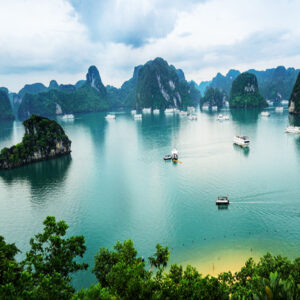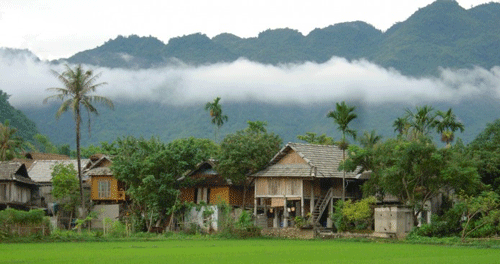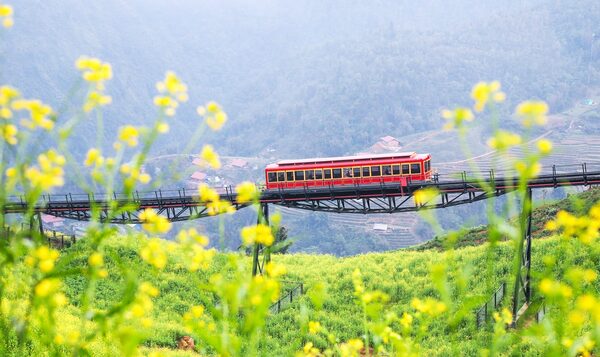Vietnam has attracted millions of visitors every year for its stunning landscapes and diverse cultures. Among which, there are 8 prominent places that have been recognized as World Heritage Sites in Vietnam by UNESCO.
Read More
- Best destinations in Vietnam for history tours
- Top Vietnam destinations to visit
- 6 best places to visit in Vietnam in your first time trip
Vietnam, situated in Southeast Asia, is an S-shaped country boasting an abundance of charm in culture, scenic spots and people. However, not many local and foreign tourists know that there are 8 places in Vietnam as UNESCO World Heritages Sites (Until 2017). Let’s point out each of them in this article to see what draw tourists from all over the globe to this vibrant country. Choose them when you take a tour in Vietnam.
1. The complex of Hue Monuments, Thua Thien Hue Province (1993)
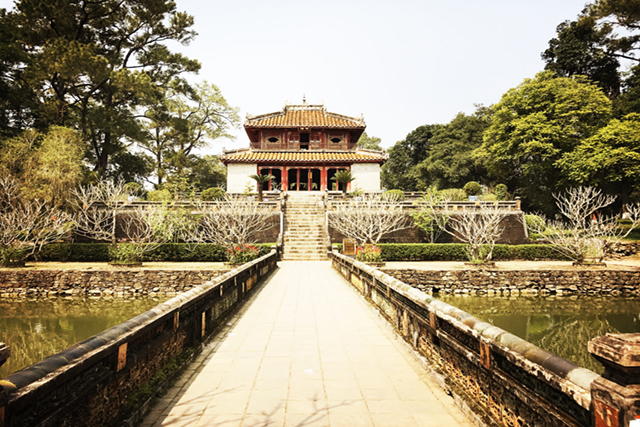
The complex of Hue Monuments
Hue was designated to belong to World Heritage Sites in Vietnam in 1993 and was once the capital of Vietnam. It was the country’s political, religious and cultural center from 1802 to 1945 during the Nguyen Dynasty. Huong River flowing through the imperial city has created an amazing picturesque for the monuments and the entire city of Hue, which reflects the harmony of architecture with nature setting based on ancient oriental philosophy.
2. Halong Bay, Quang Ninh province (1994)
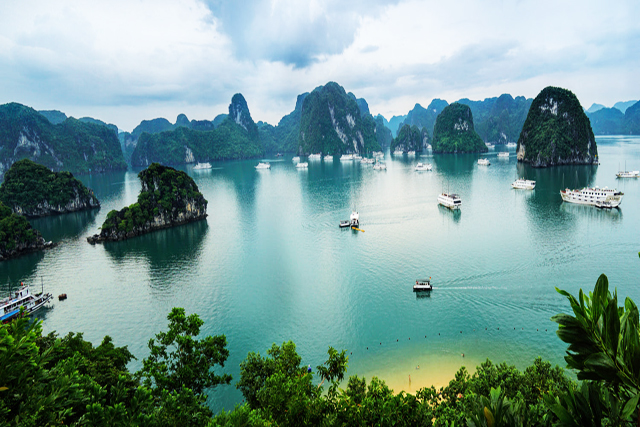
An overview of Halong Bay
This site became a World Heritage Site in 1994 when the place was already a famous destination. The recognition by UNESCO made this scenic spot more renowned. Halong Bay comprises a group of 1600 islands and islets within the Gulf of Tonkin which forms a beautiful landscape of limestone pillars. However, most of these islands are uninhabited and had not been touched by human. It is suggested that the best time to visit Halong Bay is between March and May when the temperatures are quite hot but manageable.
3. My Son Sanctuary, Quang Nam Province (1999)
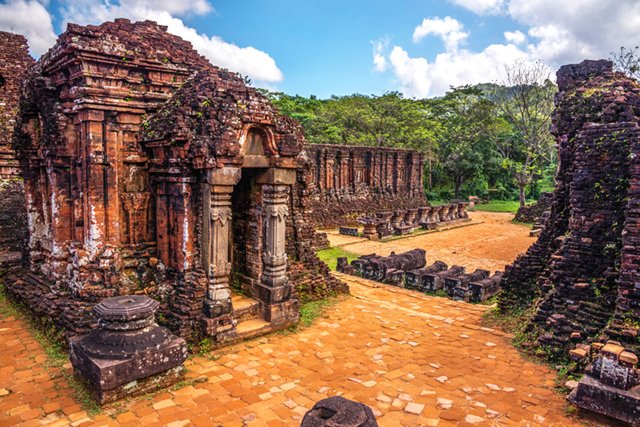
My Son Sanctuary
This became a world heritage site in 1999 because of its cultural value. This complex comprises of partially ruined and abandoned Hindu temples built for the purpose of worshipping god Shiva during the 4th to 14th century AD. The temples were built in a valley surrounded by two mountain ranges but most of them were demolished during the Vietnam War.
4. Hoi An Ancient Town, Quang Nam Province (1999)
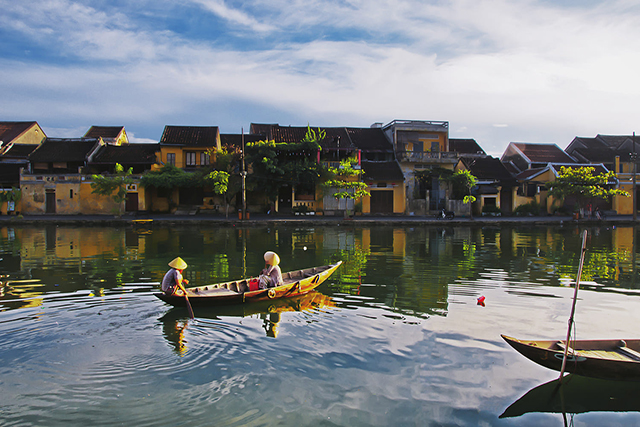
Peaceful morning in Hoi An Ancient Town
Hoi An was one prominent example of an important trading port in South East Asia from the 15th to the 19th century. Designated as a UNESCO World Heritage Site in 1999, Hoi An is a unique collection of more than 800 historic buildings which have been preserved for several centuries. You can see a captivating mix of architectural styles influenced by Japan, China and French colonial days as you stroll down the streets, making this a heritage site.
5. Phong Nha – Ke Bang National Park, Quang Binh province (2003)
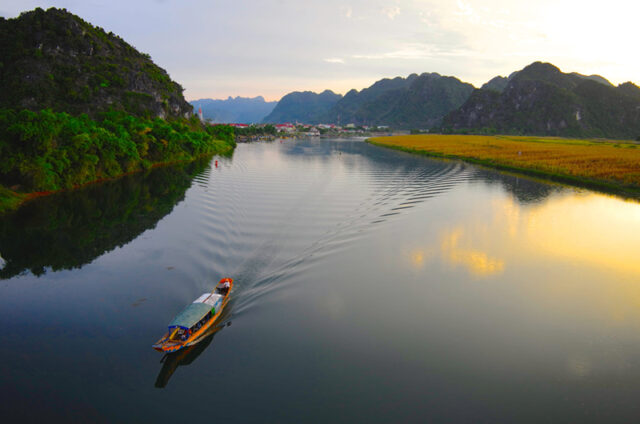
A peaceful boating tour on the river at Phong Nha – Ke Bang National Park
No visit to Vietnam would be complete without a visit to this breathtaking national park, which received its UNESCO destination in 2003. Phong Nha- Ke Bang National Park is well-known for the oldest karst mountain in Asia that formed over 400 million years ago. This one of top World Heritage Sites in Vietnam also has one of the longest underground rivers within the karst cave. The park is a home to a diversity of animal habitats such as gibbons, macaques, serow, and saola, etc. and a dense tropical forest that covers over 80000 hectares of land.
6. Imperial Citadel of Thang Long, Hanoi Capital (2010)
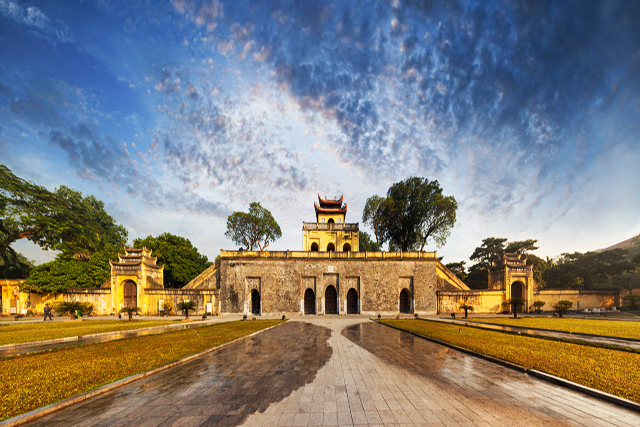
Imperial Citadel of Thang Long
It was built in the 11th century during the Ly Dynasty marking the victory and independence of Dai Viet kingdom against China. The citadel started on the remains of a Chinese fortress since 7th century, then held its position as the political center for 13 centuries. Today, The Imperial Citadel of Thang Long and the Archaeological Site at 18 Hoang Dieu reflect the unique culture of Southeast Asia that is a remnant of the life in the Red River Delta.
7. Citadel of the Ho Dynasty, Thanh Hoa province (2011)
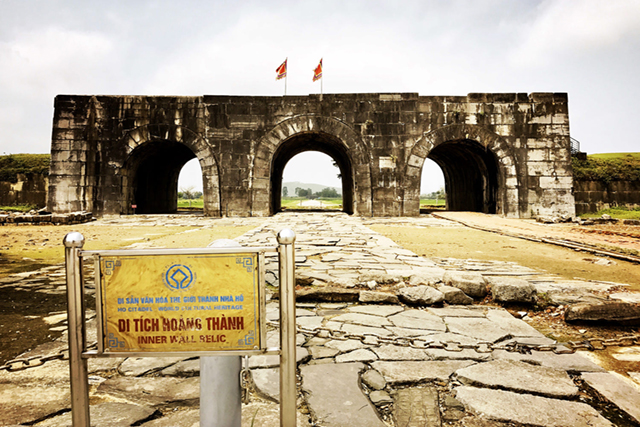
Citadel of the Ho Dynasty
Built in 1397 by Ho Quy Ly based on Feng Shui principles, the citadel was surrounded by beautiful landscapes which represented modernity of the imperial city that was thriving in South East Asia in the 14th century. This is the proof of the booming of the neo-Confucianism in Vietnam and other parts of East Asia during that time.
8. Trang An Landscape Complex, Ninh Binh province (2014)
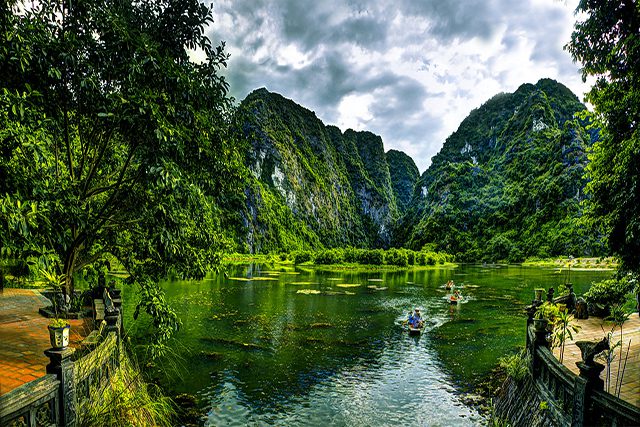
Trang An, Ninh Binh
Situated in the South of Red River Delta, Trang An Landscape Complex is really among must-see World Heritage Sites in Vietnam during your visit to Vietnam as it offers awesome views of limestone karst peaks, valleys, and steep cliffs. Evidence of human activities dating back to 30,000 years ago have been found in this area. The complex also consists of pagodas, temples, rice paddy fields and small villages. This is the most recent World Heritage Site on the list, which received its UNESCO designation in 2014.

